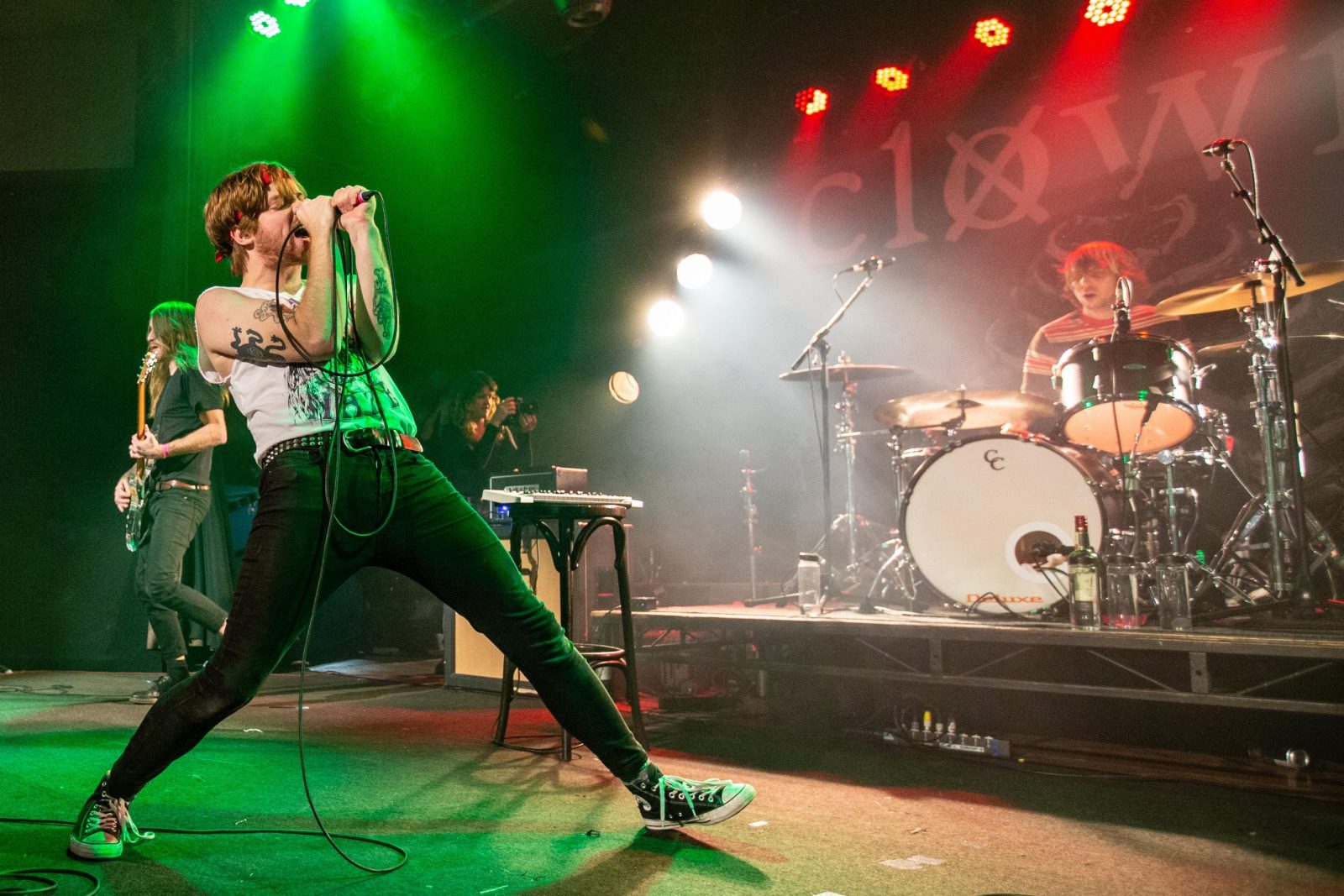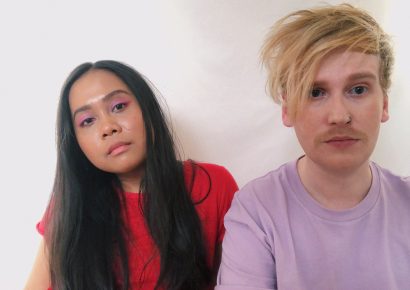For it to be profitable, live music venues must be operating at over 75 per cent of capacity.
Melbourne might have had the lights turned on at midnight on Tuesday October 27, but an estimated 75 per cent of live music venues will be keeping their amps unplugged for now.
This is until the state government responds to arguments that it’s not profitable to recommence gigs unless they have at the very least 75 per cent of capacity.
The current rules are 20 patrons inside (seated), and up to 50 outside adhering to a one person per two square metres rule. That 50 includes the band and road crew.
The musicians are to wear masks through the show and stay two metres apart from each other. Those that have reopened, like Cherry Bar and The Gem, with The Tote on Wednesday November 4, will be working on five per cent to ten per cent capacity.
“Opening now is not being profitable, but it’s about taking a leadership role. If you don’t, we’ll never get to where we need to be,” Cherry Bar’s James Young says.
“More than anyone else, people who run music venues know about the safety and security of their patrons, and the responsible serving of alcohol.
“This is something we need to show to government to open up our venues. In these days, it’s not a competition between us but the realisation that all ships rise with the tide.”
Cherry Bar’s reopening was thwarted when, of the 20 bookings made on night one, only seven turned up. Young responded by introducing a $25 holding fee for bookings which are non-refundable for no-shows.
When Premier Daniel Andrews announced the reopening of pubs, bars and other hospitality, it was also advised that live music could resume outdoors. But there hasn’t been any further advice regarding indoor live music, which presumably stems from the current hesitancy regarding the safety of anything indoor-related.
Adelaide academic and music author Dr. Sam Whiting, of the University of South Australia, argues that the federal and state government need to do more to help Melbourne’s live music venues because of how much they will contribute to the state’s economic recovery from COVID-19.
Whiting, who in a previous life was an indie musician in Melbourne, completed his PhD thesis You’re No Strangers If You Like The Same Band: The Social & Cultural Value of Small Live Music Venues on the sector.
In economic terms, prior to COVID-19, venues contributed about $1.5 billion to the Victorian economy and attracted 18 million patrons annually.
With more music venues per capita in the world than any other city (one for every 9500 people, according to the Melbourne Live Music Census Report 2017), Melbourne could attract 110,000 people on a Saturday night (think an AFL Grand Final every week) and pump $6 million into the economy.
His argument is that government aid should also consider their cultural importance.
“They’re [live music venues] financially precarious organisations who struggle to make ends meet. But they are fundamental to the music ecology as they act as incubators for talent and as social hubs,” Whiting says.
“There are tiers of talent in terms of artists and bands, and different levels of audiences, and these build up music acts to big festivals and arenas. Otherwise, you just get stadiums that are often only filled by international acts.”
Despite their importance, these venues tend to get overlooked in policy settings and by funding bodies.
“I think there’s a reason why the arts, along with universities, haven’t qualified for JobKeeper,” Whiting continues. “There’s definitely a culture war the federal government is waging.
“But it needs to realise there’s a lot of economic benefit that they’re missing out on by not supporting these small-to-medium enterprises.
Whiting says support must come via help with overheads, especially rent and wages, finding solutions for venues that don’t have low-risk outdoor settings, by keeping JobKeeper going after March, “and most of all, make sure they open their doors at nothing less than 80%, 90% capacity”.
It must be said that funding is on the way for 106 Victorian live music venues as part of the state government’s Live Music Venues Program, but there are reports from various venue operators that these grants have yet to come through.
Never miss a story. Sign up to Beat’s newsletter and you’ll be served fresh music, arts, food and culture stories three times a week.

